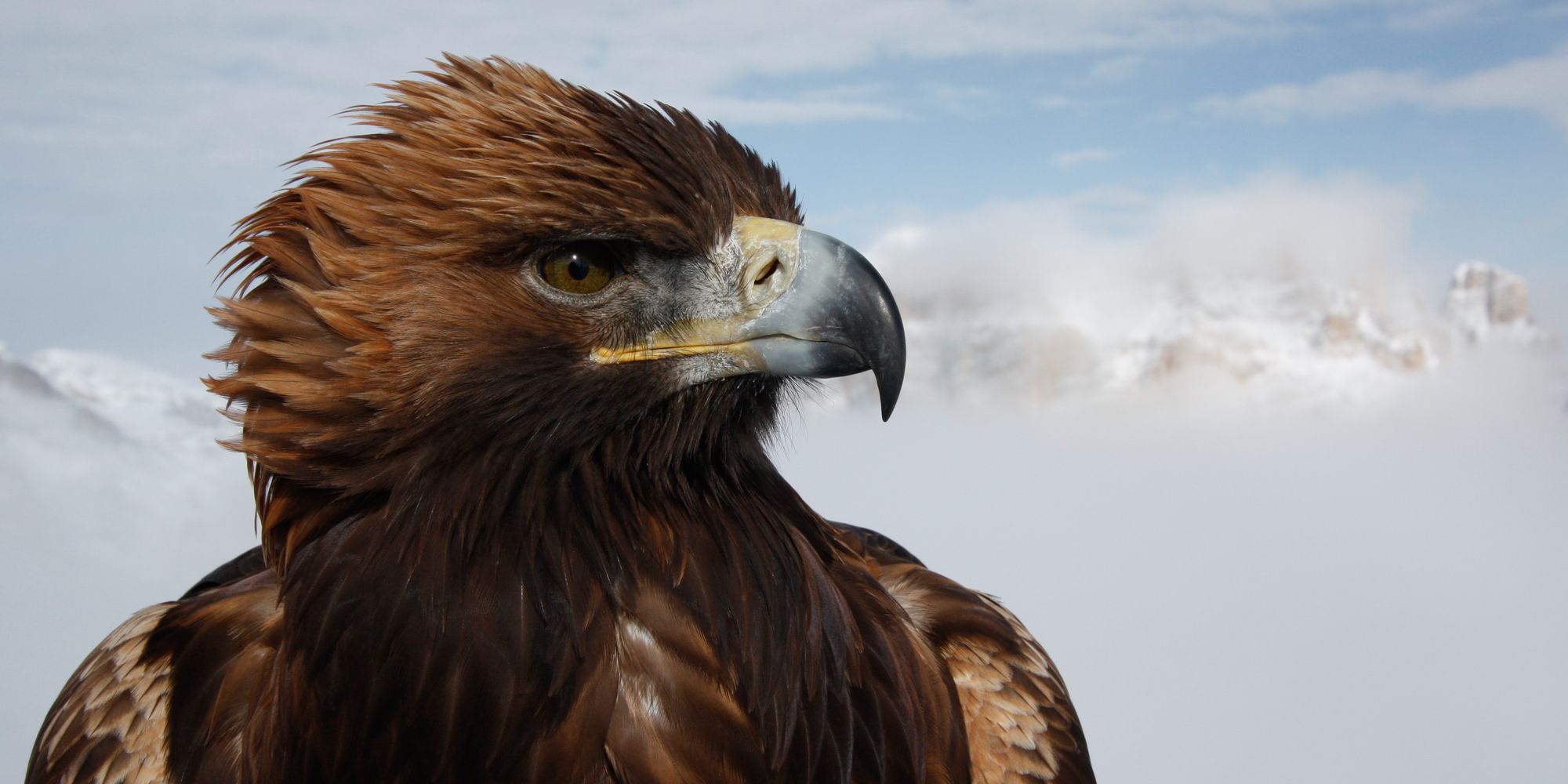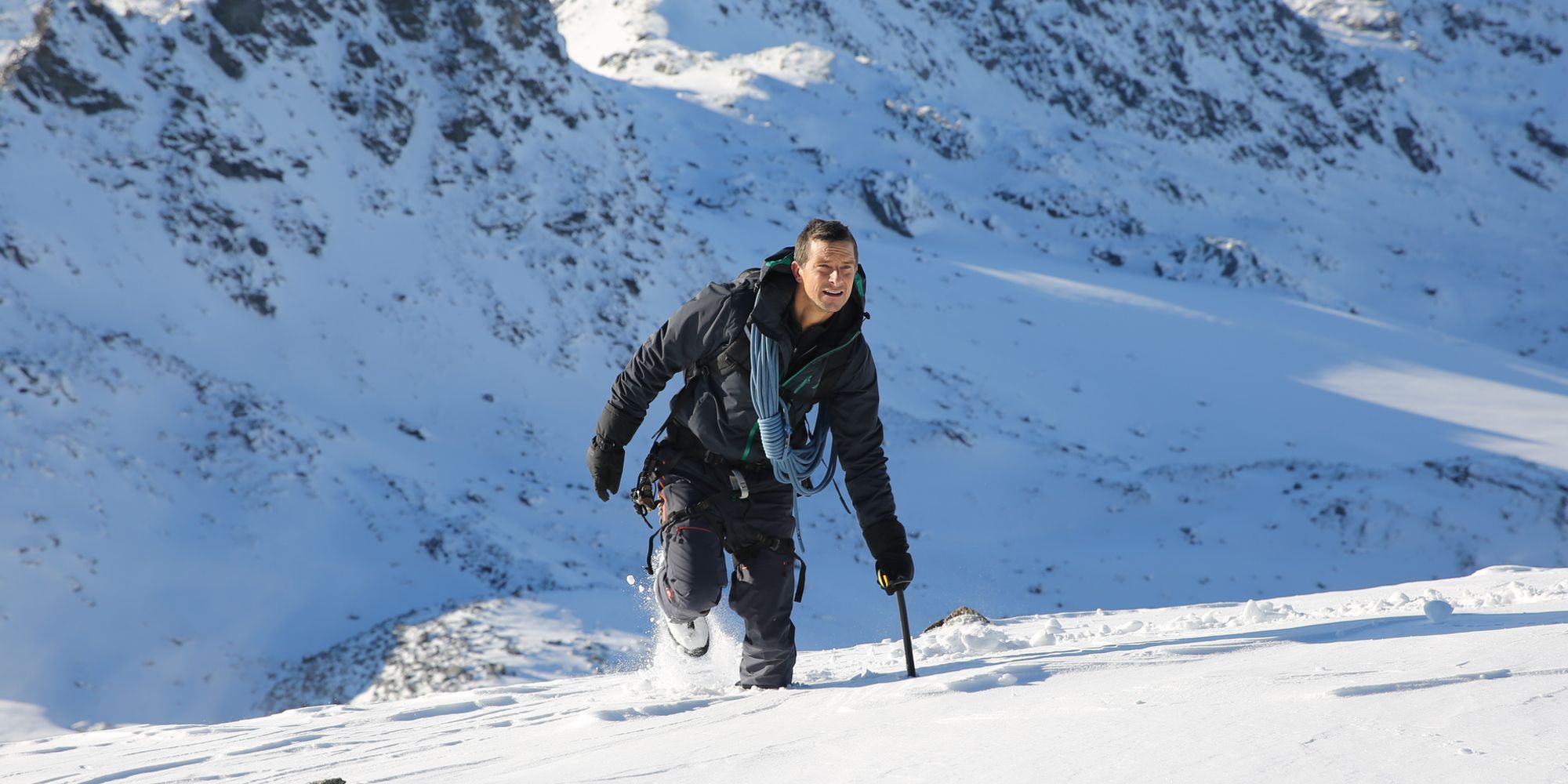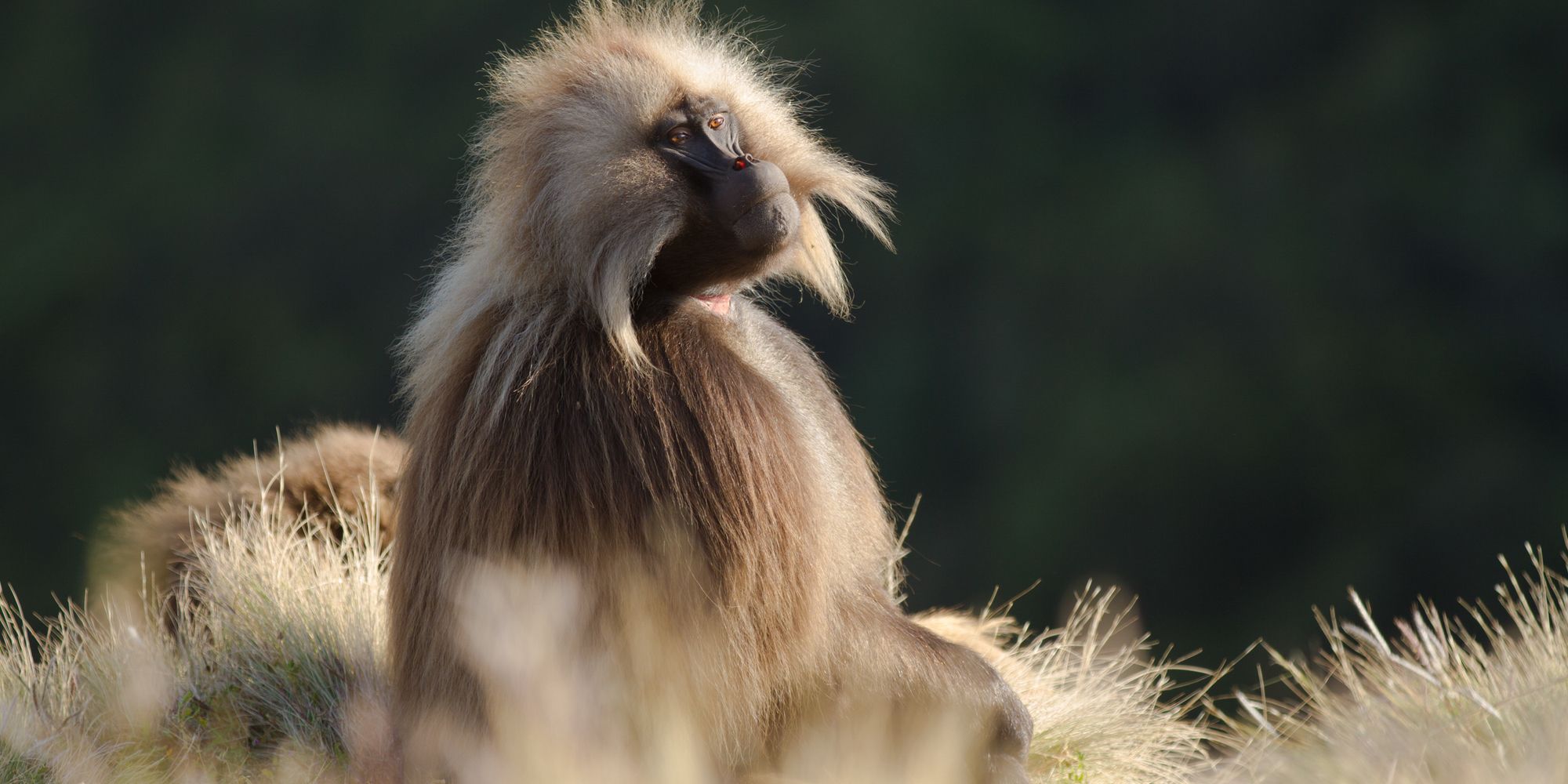Between the BBC, Netflix, Discovery, and National Geographic, there’s a gorgeous new nature documentary to take in on a regular basis. And while most succeed in detailing the splendid beauty of life in the animal kingdom, Nat Geo’s latest, Hostile Planet, demonstrates just how fragile that life can be, and how the Earth's changing climate isn't making things any easier. The series is narrated by Bear Grylls, who takes a break from putting himself in front of the camera in harsh(ish) conditions to watch as the wildlife in six different regions of the globe struggle to survive on a daily basis.
Broken down into six episodes, Hostile Planet spends the better part of each hour exploring one particular region, the challenges facing wildlife there, and how the impact of climate change is exacerbating those difficulties. The series begins in mountainous regions focusing primarily in and around the Himalayas. As you might expect, each episode comes complete with some truly gorgeous footage of the various locales and animals who live in them. That’s pretty much par for the course for a nature documentary nowadays as the filmmakers behind these programs have access to some amazing technology to help capture so many stunning images. What sets Hostile Planet apart, then, is its ability to immediately snare the audience with dramatic footage that’s as compelling, if not more so than what's offered anywhere else.
More: Hanna Review: Not Enough New Ideas To Completely Warrant A Television Series
The series begins with the ultimate hook: a hungry snow leopard stalking a blue sheep in the Himalayas. The leopard makes his move, diving on top of the sheep with such force that the two end up plummeting down a steep mountainside, some 200 feet before coming to a stop. The leopard never lets go of his prey the entire time they're falling. It’s about as much convincing as most viewers might need to keep watching, as the footage never cuts away from what might be a dramatic death for both animals, thereby demonstrating the degree to which the series lives up to its title. Amazingly, the footage of a leopard basically rolling off a cliff for his lunch isn’t even the most shocking thing Hostile Planet has waiting for its audience.
Each episode is broken down into various segments, visiting a variety of wildlife and the examining the various factors that make everyday a life or death situation. It all begins innocently enough, with some geese and their offspring. These geese nest high up in the mountains, often atop craggy spires of rock several hundred feet high, where even the most cunning predators likely won’t venture. The only problem is that when it comes time to leave the nest, in search of food, the flightless youngsters must plummet to the ground, with their parents basically hoping for the best.
It’s startling footage, watching as the birds fall to the ground, often hitting the mountain several times on the way down. The difficulty of watching the footage is in some way the point. Hostile Planet is utterly devoted to documenting the unsympathetic nature of nature itself. Thankfully, though, the series itself — and especially Grylls — aren’t nearly as removed. Though it is unflinching in its display of life’s daily struggle, Hostile Planet’s goal is as much to move the audience as it is to inform them. And doing so requires the occasional happy ending, as in the case of the daredevil snow leopard, who receives a coda at the episode’s end that not only details his survival, but also offers hope for his species survival as well.
That addition helps keep the documentary from feeling nihilistic, or like a complete downer, as even small victories — as in the case of one older male gelada monkey — are delivered with a twinge of uncertainty that things will stay good for much longer. In that sense, Hostile Planet is faced with a difficult task of balancing the conceit of the series as a whole with the need to make this particular form of edutainment both fascinating and entertaining. That balance is made all the more difficult as the series touches on the biggest pressing concern facing all life on this planet: climate change.
To its credit, Hostile Planet doesn’t shy away from addressing the complications of climate change — shorter winters, harsher summers, more erratic weather patterns, more competition for food — but the series seemingly stops short (at least in the first episode) from pointing a finger at the reasons why. It’s an intriguing conundrum for a series that has dedicated itself to illustrating the myriad ways in which life on earth hangs by a single thread. Touching on all threats to life on this planet — both natural and unnatural — certainly part of what makes Hostile Planet a fascinating program, though an increased focus on the latter threat would have better demonstrated just how fragile all life is.
Next: Santa Clarita Diet Season 3 Review: Netflix’s Zombie Comedy Gets Even Weirder
Hostile Planet premieres Monday, April 1 @9pm on National Geographic.



